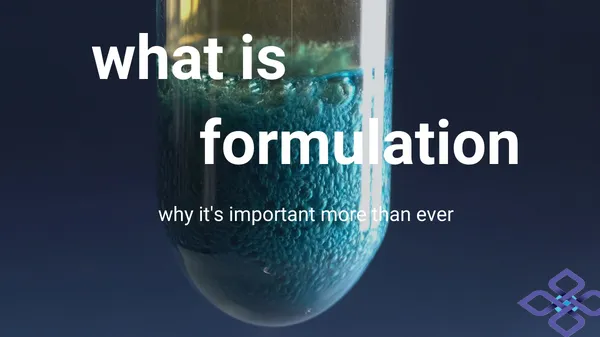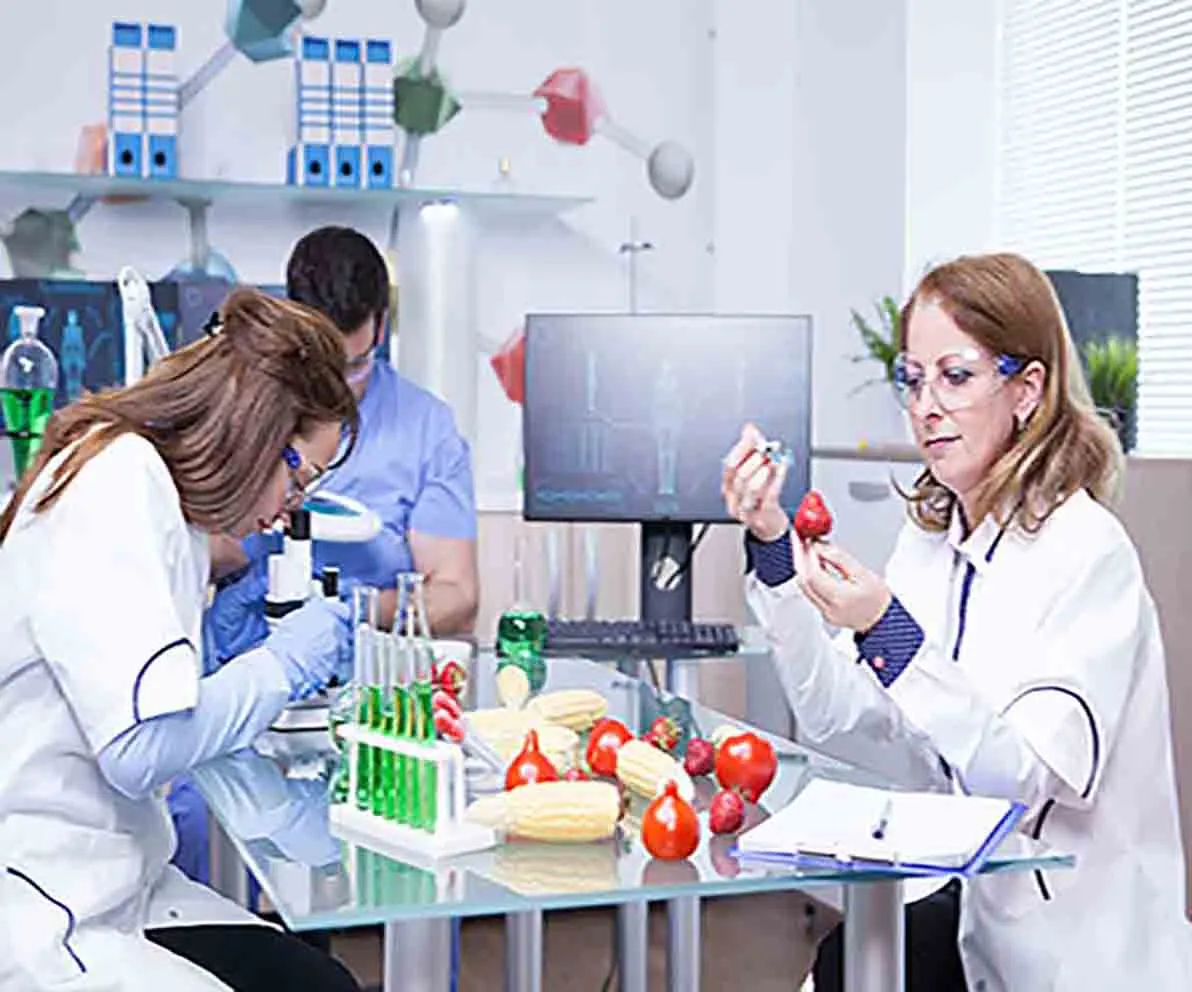Formulation of Food, Beverages, Cosmetics, and Personal Care Products: Knowledge, Processes, and Challenges
The formulation of food, beverages, cosmetics, and personal care products represents a critical and intricate phase in the product development process within these sectors. This stage necessitates the careful integration of raw materials to produce a product that is not only of high quality but also safe, stable, and aligned with consumer expectations. This article will delve into the foundational principles and methodologies of formulation in these industries, alongside the challenges and emerging trends that are shaping this domain.
Goharshid nesfeh Jahan Ali Qapu Company

Understanding Formulation and Its Significance
Formulation is defined as the method of blending various raw materials to attain specific attributes in the final product. These attributes can encompass flavor, texture, color, shelf life, safety, and market appeal. In both the food and cosmetics sectors, formulation is pivotal not only for ensuring product quality but also for influencing its success in the marketplace.
Essential Steps in the Formulation Process
1. Market Research and Needs Assessment
-
Identifying Consumer Preferences: Investigating consumer tastes, colors, functionalities, and pricing expectations.
-
Competitive Analysis: Reviewing similar products available in the market to discern their advantages and shortcomings.
2. Raw Material Selection
-
Safety and Quality Assurance: Opting for materials that comply with established safety and quality regulations.
-
Product Stability: Choosing components that contribute to the longevity of the product.
-
Material Compatibility: Ensuring that the selected raw materials work well together.
3. Initial Formulation Development
-
Creating preliminary blends based on principles of chemistry, biology, and material science.
-
Performing initial tests to assess the product's performance and characteristics.
4. Formulation Optimization
-
Tweaking the ratios of materials to achieve the best possible quality.
-
Conducting stability tests under various temperature and humidity conditions.
5. Final Testing and Approval
-
Sensory Evaluation: Assessing the product's flavor, fragrance, and mouthfeel.
-
Chemical and Microbiological Analysis: Verifying safety and determining shelf stability.
-
Compliance with Regulations: Ensuring the product meets both national and international standards and guidelines.



